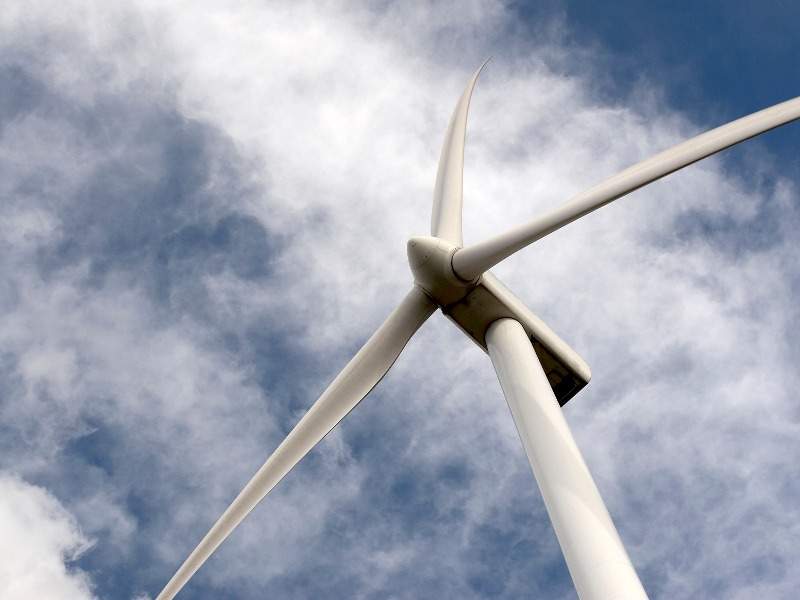
The initial hype over 3D printing may have cooled down somewhat but it’s only just getting started in the power industry where it could be transformative, according to GlobalData.
The market intelligence firm‘s 3D Printing – Potential Game Changer for Global Power Market report suggests additive manufacturing has already proved beneficial in building prototypes and helping simplify main stream production.
Its advantages over traditional manufacturing include the ability to produce components with complex geometries, consume fewer raw-materials, produce less waste, reduce energy consumption and decrease time-to-market.
Practice head of power at GlobalData Ankit Mathur said: “With the power industry under pressure, manufacturers are turning towards additive manufacturing for solutions with reduced costs and shorter timeframes.
“During the initial phase of making inroads in the power industry, 3D printing has achieved a fair level of success with the power industry and technological firms creating an ally for the benefit of each other.”
3D printing in power
GlobalData claims additive manufacturing is slowly creating various applications for renewable energy, conventional power and battery storage that would help improve all three sectors.
Solar panels, wind turbine parts and traditional power generation equipment such as heavy duty ancillary parts of gas and steam turbines can all be reliably and quickly produced using 3D printing.
It also has the potential to help the nuclear sector via the creation of new builds for fuel and reactor components, though ensuring the products meet the standards necessary for use in the high-risk industry will prove a stern challenge.
Mr Mathur said: “Additive manufacturing has already resulted in shorter lead time, reduced costs and increased efficiency, and is expected to further improve with the invention of larger printers.
“However, as the technology is still at an experimental stage and yet to achieve full commercialisation, it will be a matter of time to fully understand how deeply this new technology can penetrate the power industry, given the high equipment standards required for efficient plant operation and the hazardous environment they endure.”






